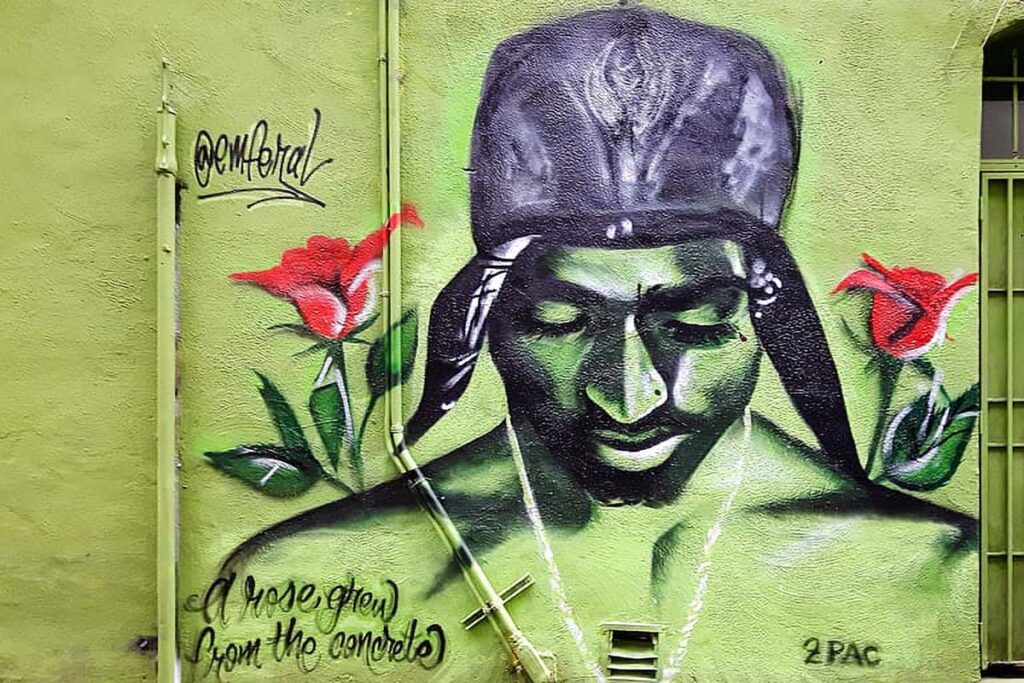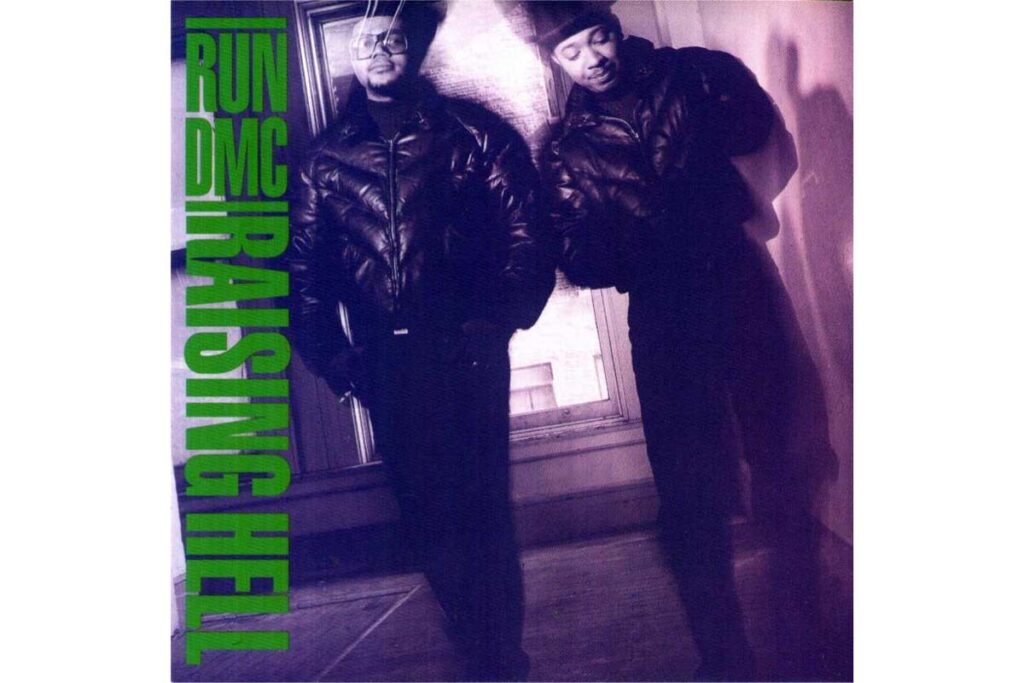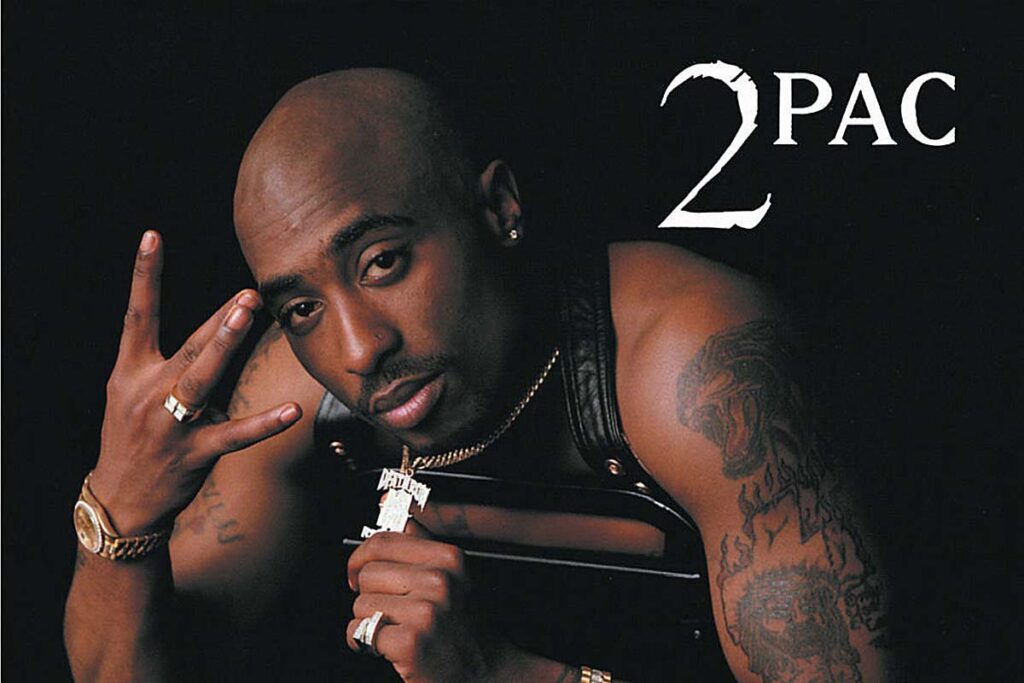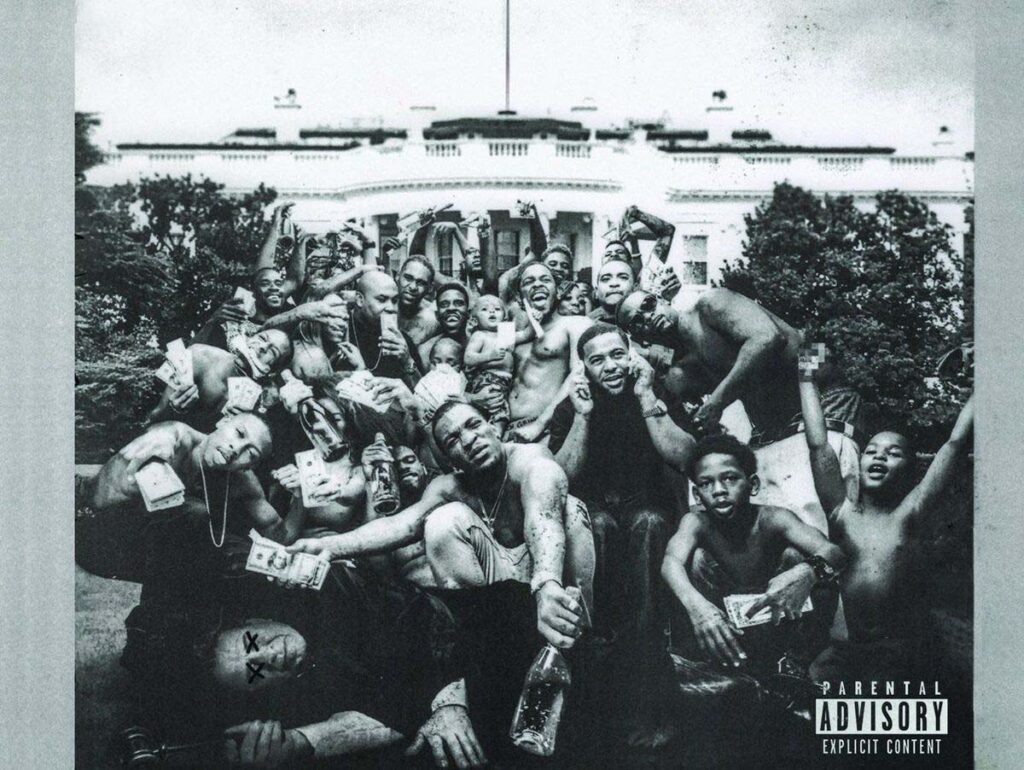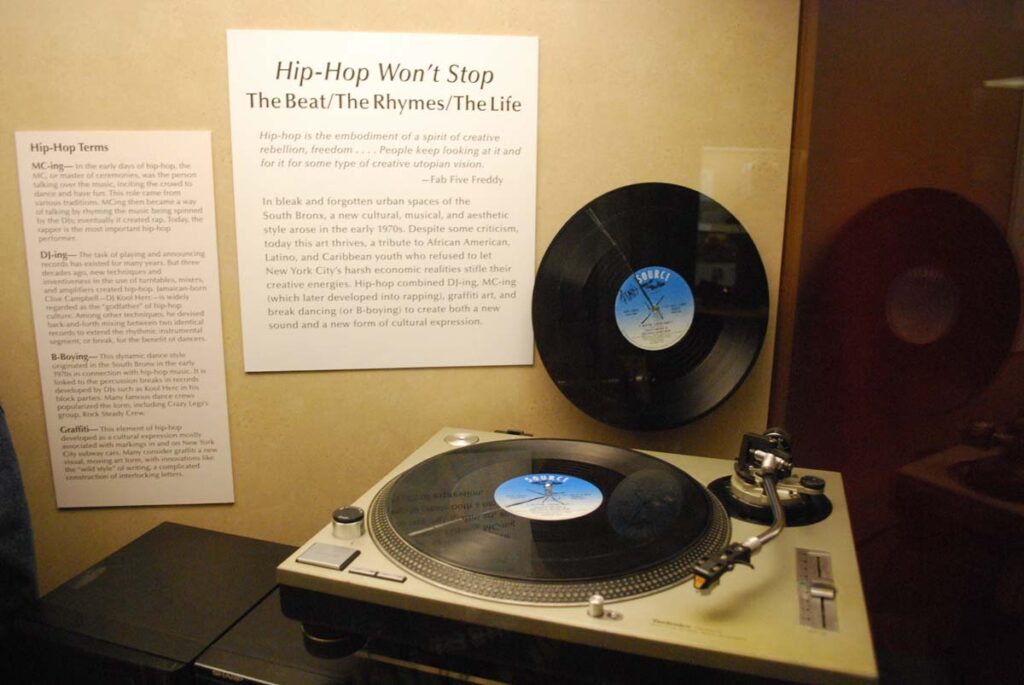A short journey through a revolutionary genre based on three seminal albums.
In August 1973, DJ Kool Herc celebrated an event at his sister Cindy’s back-to-school party that would plant the seed for the birth of hip-hop. That night, he unwittingly initiated a series of skills that would later form essential elements of hip-hop by using two turntables to seamlessly combine the breaks – instrumental passages – in songs. As he did so, his friend Coke La Rock was shouting out the names of partygoers over the beats. This event marked the beginning of a subcultural movement that would evolve from a local phenomenon to a global event.
The subsequent development of hip-hop took place in a social environment characterized by economic struggle and social tensions in the Bronx. Originally, hip-hop focused on the four elements of rap, DJing, b-boying (breakdancing) and graffiti. These elements represented not only artistic practices, but also forms of expression for urban identity, social experience and protest from the perspective of the Black community. It is no coincidence that the development of hip-hop is commemorated in the National Museum of American History.
Run-D.M.C. – Raising Hell
The 1980s were a period of intense creative development and differentiation in hip-hop. Artists such as Run-D.M.C. and Public Enemy shaped the aesthetics and sound of this era. Run-D.M.C.’s album Raising Hell, released in 1986, marked a turning point in hip-hop and permanently changed the way hip-hop was presented. Run-D.M.C. were pioneers in combining hip-hop with rock and pop. The album integrates rock guitar riffs and electronic elements into the traditional hip-hop sound.
This fusion sound broke with the conventions of the time and helped make hip-hop accessible to a wider audience. Hits such as “Walk This Way”, a collaboration with Aerosmith, are examples of this innovative approach. The beats, on the other hand, are more minimalist and have an energetic rhythm. The production was less complex compared to earlier hip-hop albums, which put the focus on the raps and created a raw energy.
Run-D.M.C. – Raising Hell (1986)
Label: Arista
Format: CD, DLP, DL 24/192
2PAC – All Eyez On Me
In the 1990s, hip-hop became increasingly complex and different sub-genres emerged, ranging from gangsta rap to conscious hip-hop. The lyrics became a stage for political and social statements, from racism to economic inequality to individual identity. But it was also the time of perhaps the greatest genius within the genre: Tupac Shakur aka 2PAC. The 1996 double album All Eyez On Me was characterized by a wide range of musical influences and styles.
The productions range from West Coast G-Funk to harder gangsta rap beats. 2PAC experimented with different sonic textures and created a diverse and ambivalent sound. The album contains a mix of personal stories and political statements. In doing so, he shows an extraordinary ability for self-reflection and the portrayal of complex emotions. At the same time, All Eyez On Me was perceived by some critics and fans as an expression of the West Coast vs. East Coast rivalry within hip-hop. The album featured guest contributions from artists such as Dr. Dre and Snoop Dogg, leading to speculation about alliances and conflicts between the two coasts. The album was awarded diamond status by the RIAA and cemented Tupac’s legacy as one of the most influential artists in hip-hop and beyond.
While the gangsta rap of the early 1990s was a form of musical expression that reflected the realities and conflicts of urban environments, it also generated controversy. Sexism, homophobia and violent fantasies were an integral part of some lyrics, leading to social criticism. Despite these issues, gangsta rap remains an aspect of hip-hop that sheds light on the darker side of social reality and also allows such issues to be addressed.
2PAC – All Eyez On Me (1996)
Label: Interscope
Format: CD, 4 LPs, DL 16/44
Kendrick Lamar – To Pimp A Butterfly
A notable trend in the 2010s was the increasing collaboration between hip-hop and other genres such as pop, R&B and electronic music. These fusions led to new soundscapes and expanded the creative potential of the genre. Artists such as Kanye West and Drake successfully experimented with these fusions. Kendrick Lamar made a particularly impressive contribution to this decade with his 2015 album To Pimp A Butterfly.
Kendrick Lamar deliberately breaks with the boundaries of traditional hip-hop productions and integrates elements of jazz, funk, soul and electronic music. The arrangements are often dense and rich in detail, with live instruments and sophisticated samples. Another notable element is the poetry in Kendrick’s lyrics. He uses complex rhyme structures, double meanings and metaphorical language to convey his messages. These lyrical techniques often require several readings to be fully understood.
Kendrick Lamar – To Pimp A Butterfly (2015)
Label: Aftermath
Format: CD, DLP, DL 24/44
The fifty-year history of hip-hop illustrates a cultural evolution shaped by urban experiences, social realities and technological progress. From its origins in the streets of New York City to its global presence today, hip-hop has used its roots to evolve in various directions, exerting a lasting influence on the cultural landscape. Today, hip-hop has become a cultural movement with a worldwide presence. It has become a global phenomenon that greatly influenced both local and transnational identities.


